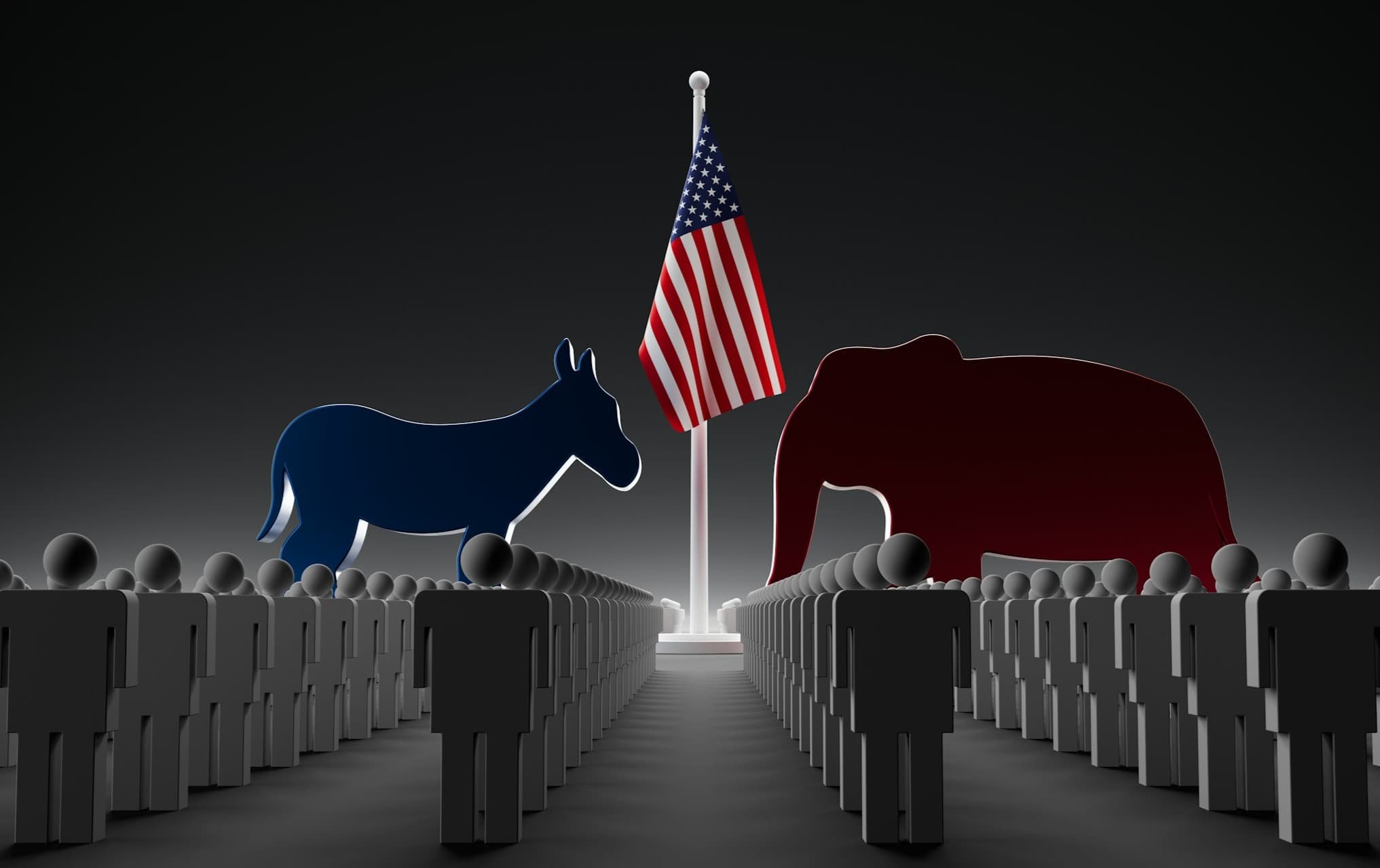To Avoid Confusion, Should RCV Just Be Called Instant Runoff Elections?

Editor's Note: This op-ed originally published on The Fulcrum and has been republished on IVN with permission from the publisher. It was written by Eveline Dowling, Ph.D., and Caroline Tolbert, Ph.D. Read more about the authors below.
In discussions with an elderly voter in Colorado about Proposition 131, the unsuccessful 2024 ballot measure to create a nonpartisan primary with ranked choice voting (RCV), in the general election, we learned something important. This individual had voted against Proposition 131, casting his mail ballot on the day he received it. A week later, he received a campaign ad mailer that Colorado’s governor and Denver’s mayor had endorsed Proposition 131, which may have influenced his decision. He mentioned that ranked choice voting seemed complicated, arguing that the fairest election rules are simply runoff elections, like those used in several Southern states, including Georgia. It wasn’t clear that ranked choice voting was another form of runoff elections.
We explained that RCV was formerly known as instant runoff voting, as its primary purpose is to ensure that the winning candidate has a majority (over 50%) of the votes. RCV is very similar to traditional runoff elections; it just occurs at the time of the initial election instead of being spread out over multiple weeks, requiring a second election that can be costly. In light of this conversation, we should consider RCV as runoff elections and traditional runoff elections as delayed ones for more transparency.
Runoff elections in a digital age imply that computers and technology create instant outcomes, and Ranked Choice Voting (RCV) is no exception when it comes to facilitating runoffs if no candidate secures an outright majority of the votes. The emphasis is on ensuring that winning candidates earn a majority of the votes rather than on voters ranking multiple candidates; ranking is done to allow the runoffs. Instant runoff elections are inexpensive and fast compared to delayed runoff elections that require multiple elections that are costly to administer, and turnout often plummets in the second round. The term ranked choice voting emphasizes the act of marking ballots for candidates rather than the goal of why we rank — to ensure that candidates winning public office achieve a majority of the votes.
The concept of runoff elections is straightforward and widely employed. They are utilized in several states, particularly in the South. The National Conference of State Legislatures (NCSL) reports that seven states require a candidate to win a primary with a majority of the votes. To make that happen, primary runoff elections are used. These states include Alabama, Arkansas, Georgia, Mississippi, North Carolina, Oklahoma, South Carolina, South Dakota, and Texas. Runoff elections have significant support across partisan groups, including Democrats and Republicans. The general public understands them. In a 2024 random survey of 1,000 U.S. adults conducted by the reputable polling firm YouGov, respondents were asked, “How important is it to you that the winning candidate in an election has a majority of the votes cast?” The results found that 59 percent said it is very important, and 27 percent said it was somewhat important. Combined, 86 percent of U.S. adults in the eight states with election reform measures on the ballot agreed with this statement. After removing the 2.7 percent of respondents who answered “don’t know,” 61 percent strongly favored majority winners, while 27 percent somewhat favored them. Combined, 88 percent of Americans favor majority winners. This corresponds with the reality that most U.S. sporting events require the winning team to score a majority of points. High majorities from all partisan groups (Democrats, Republicans, and independents) favor majority winners.
It is not surprising that most people also favor runoff elections. A 2023 national random survey of 3,000 US adults also conducted by YouGov found that 75 percent of Americans favor runoffs for primaries. Among those who expressed an opinion, three in four Americans think runoff elections are the way to go—showing it’s a popular idea among all partisan groups. This compares to a significantly smaller 58 percent of respondents who were favorable towards the use of RCV for primaries, also among those expressing an opinion. And yet, RCV and runoff elections are functionally similar. Why not just call RCV “runoff elections”?
Recently, the nonprofit Unite America proposed using “all-candidate primaries” instead of the term “nonpartisan primary” to describe reforms where Democratic, Republican, and independent candidates run on a single primary ballot. This term is more accurate as the candidates still retain their party affiliations; they simply run on one all-candidate ballot. This same logic applies to why we should call RCV “runoff elections”. Just ten years ago, the media and policymakers referred to digital media versus traditional or legacy media to distinguish between media produced for television, radio, and print newspapers versus online news outlets, blogs, podcasts, Substack, social media, streaming video, and more. However, as everything has become digital in some way, we now refer to it as media, without distinguishing between digital and traditional. Similarly, in a computerized era, calculating runoff elections instantaneously is expected. Two elections that are spaced apart are considered delayed runoff elections, and we can consistently use the same terminology to describe both. What if the 2024 statewide election reform campaigns promoted all-candidate primaries with runoff elections in general? Would the public better understand the proposed reforms? Might some of the ballot measures have passed? Instead, they were framed as top-two, top-four, or top-five primaries with ranked choice voting in general, which seemed technical and more challenging to grasp.
Future research could probe how much Americans want candidates to win 50 percent or more of the votes cast, like sporting event winners. Surveys could ask, “Some states require winners to earn a majority of the vote—that is, to secure more than 50 percent—and use a runoff system if no candidate has 50 percent. Do you think it’s important for a candidate to win with more than half the votes?” This question gets at the core of what RCV seeks to achieve. It is time for a change in terminology, and runoff elections make sense.
About The Authors
Eveline Dowling, Ph.D. is a senior fellow and research analyst at Expand Democracy. Caroline Tolbert, Ph.D. specialized in political science at the University of Iowa.






